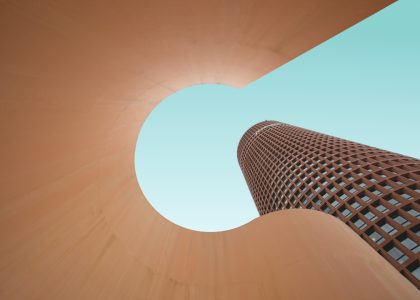Introduction
Contemporary lamps design has rapidly evolved in recent years, with designers increasingly incorporating new materials, technologies, and aesthetics into their creations. The result is a rich and diverse array of lamps that not only provide illumination but also serve as works of art and design. In this article, we will take a closer look at the characteristics and trends of contemporary lamps design, and explore the ways in which they have transformed our living spaces.
The Evolution of Lamps Design
The history of lamps design can be traced back to the invention of the first light bulb in the late 19th century, which paved the way for the development of electric lighting. Early lamps were often utilitarian in nature, designed primarily to provide light rather than to enhance the visual appeal of a space. However, as electricity became more widespread and the technology of lamps evolved, designers began to experiment with new materials and styles.
One of the most significant developments in lamps design was the introduction of the Art Deco style in the 1920s and 1930s. This style, which was characterized by bold geometric shapes, vibrant colors, and luxurious materials such as glass, chrome, and nickel, revolutionized lamps design and paved the way for the modern era of lamps design.
In the post-war period, lamps design continued to evolve, with designers experimenting with new materials such as plastic, acrylics, and other synthetic materials. The 1960s and 1970s saw the emergence of the minimalist style, which favored simple, geometric shapes and muted colors. This style was later popularized by designers such as Philippe Starck and Jasper Morrison in the 1980s and 1990s.
Contemporary Lamps Design
In the 21st century, lamps design has become more diverse and experimental than ever before. Contemporary designers are pushing the boundaries of lamps design by incorporating new materials such as LEDs, OLEDs, and other advanced lighting technologies. These technologies allow for greater flexibility in design, allowing lamps to be more energy-efficient, customizable, and versatile.
One of the most notable trends in contemporary lamps design is the use of natural and organic materials, such as wood, stone, and glass. These materials add a sense of warmth and texture to lamps, and create a more inviting and naturalistic atmosphere.
Another trend in contemporary lamps design is the integration of smart technology. Many lamps now come equipped with features such as Bluetooth connectivity, voice control, and integrated sensors. These technological features enhance the functionality and usability of lamps, making them more convenient and user-friendly.
Design Elements of Contemporary Lamps
Contemporary lamps design is characterized by a number of distinct design elements. One of the most important of these is simplicity. Many contemporary lamps feature minimalistic shapes and clean lines, which give them a timeless, modern aesthetic.
Another key design element of contemporary lamps is versatility. Contemporary lamps are often designed to be multifunctional, serving not only as a source of light but also as an object of decor, art, or even furniture.
Sustainability is also an important consideration in contemporary lamps design. Many designers are using eco-friendly materials and technologies to reduce their carbon footprint and promote a more sustainable future.
Conclusion
Contemporary lamps design has emerged as a vibrant and dynamic field of design, with designers pushing the boundaries of innovation and creativity. By incorporating advanced technologies, natural materials, and versatile designs, contemporary lamps are changing the way we think about illumination, decor, and living spaces. In the decades to come, it is likely that lamps design will continue to evolve and mutate, bringing new experiences and emotions to our homes and environments.

